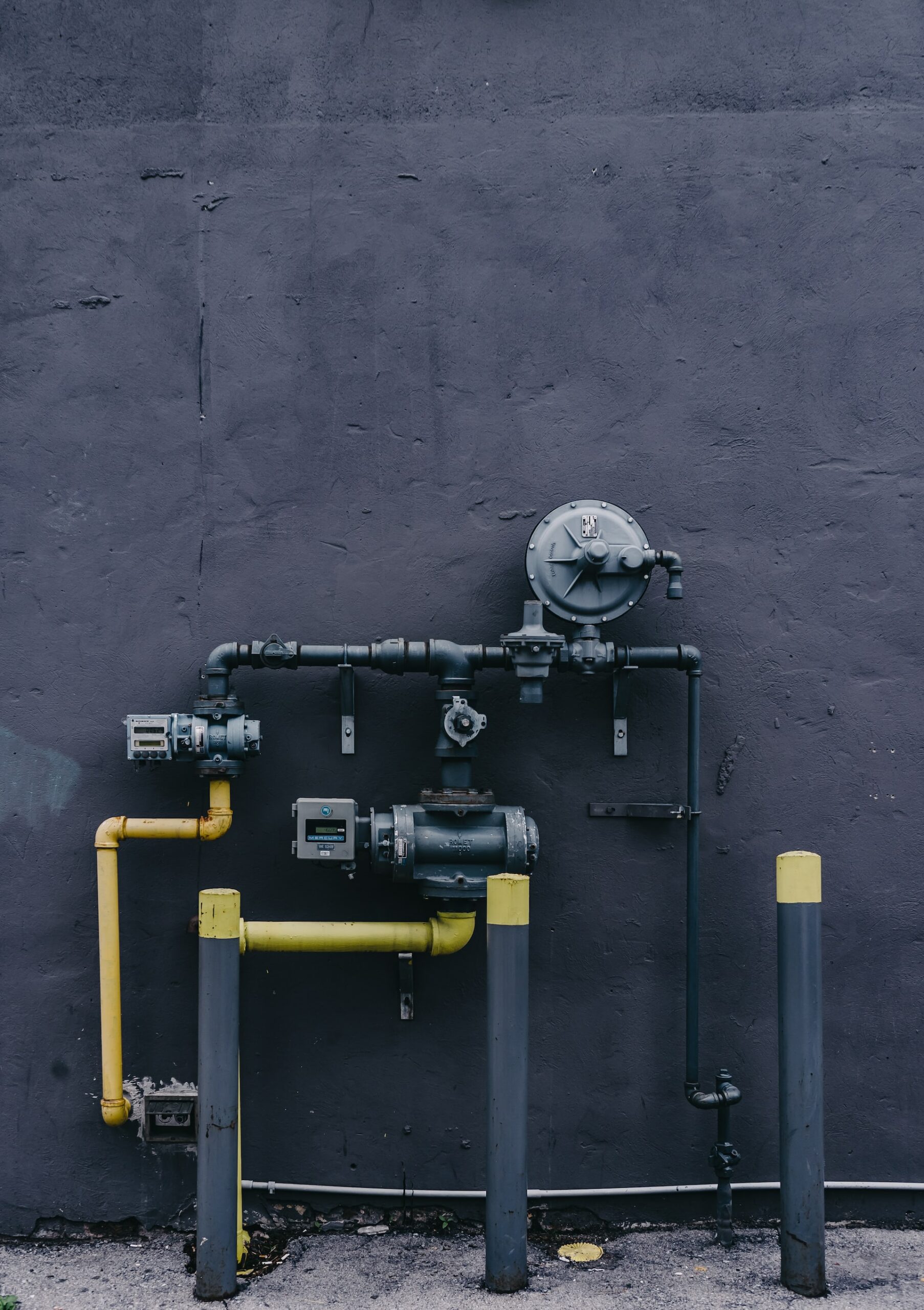How Does Temperature Affect the Performance of a Drain Jetting Machine?
Drain jetting is a great way to clear out your home’s plumbing system, remove unwanted clogs, and even get rid of stubborn tree roots blocking your water system. But how does temperature affect the performance of a drain jetting machine? In the following guide, we’re going to take a look at how both hot and cold temperatures can affect the machinery used during hydro jetting, and how plumbers will work around this when working on your home. Let’s take a look!
What is drain jetting?
Drain jetting, also known as hydro jetting, is a method commonly employed by professional plumbers to clear blockages and clean the insides of blocked or dirty drain pipes. This technique uses a high-pressure water stream, generated by a special jetting machine, whereby the stream, directed through a hose and nozzle, can cut through accumulated grease, dislodge debris, and break apart tree roots or other obstructions. The cleared material is then flushed away, resulting in clean and clear pipes.
What are the benefits of drain jetting?
Drain jetting can be incredibly effective for both preventative maintenance and dealing with problematic clogs. Here are just some of the benefits:
- Effectiveness: Drain jetting is highly effective at removing stubborn blockages, including tree roots, hard scale build-up, and accumulated grease or soap residue.
- Comprehensive cleaning: Unlike other drain cleaning methods which may only punch a hole through the blockage, jetting cleans the entire diameter of the pipe, reducing the likelihood of future clogs.
- Versatility: Drain jetting is suitable for various types of pipes, including metal, PVC, – that being said, drain jetting isn’t always the suitable solution for certain more fragile or older pipes.
- Environmentally friendly: Unlike harsh chemical cleaning agents, water jetting only uses water and pressure, making it one of the most eco-friendly options when it comes to drain cleaning.
- Preventative maintenance: Regular drain jetting can prevent dirt and grime build-up, keeping pipes in good condition and potentially saving costly repairs in the future. Many homeowners opt for annual drain jetting, as the results can last for up to 12 months. That said, the durability of results will depend on how diligent you are when it comes to drain maintenance (i.e., not pouring oils and fats down the drain).
It’s important to note that drain jetting should only be performed by trained professionals to ensure the process is carried out safely and effectively; mishandling of equipment can lead to both personal injury and damage to your pipes, so it’s not a good option if you’re looking for a quick DIY solution.
Find out more benefits in our in-depth article.
How does temperature affect the performance of a drain jetting machine?
One thing to bear in mind is that the outdoor temperature can have a direct impact on the performance of a drain jetting machine. These machines rely on water, and as water’s physical properties change with temperature, so does its effectiveness in drain jetting. In colder conditions, water in the machine, hoses, or pipes can freeze, which can lead to reduced machine functionality or even cause damage. The increased viscosity of cold water can also reduce the force of the jet, making it less effective at dissolving blockages.
Benefits of warm water in drain jetting
On the other hand, warm water can enhance the performance of a drain jetting machine. Hot water is well-known for its superior cleaning abilities, particularly when dealing with grease or oil, both of which are common causes of pipe blockages. As these substances become viscous and sticky at lower temperatures, warm water can melt them, making them easier to flush away. Therefore, operating a drain jetting machine with warm water in colder outdoor conditions can result in a more thorough clean and improved overall performance.
Will drain jetting still work if it’s cold?
Drain jetting can still be effective in cold conditions, but certain considerations should be taken into account. The colder water can increase in viscosity, which may reduce the force of the water jet. However, many professional-grade jetting machines are equipped with heaters to regulate the water temperature, thereby maintaining effectiveness. If the outdoor temperature is freezing, additional steps may be required to prevent the machine’s water from freezing.
Is it better to use hot or cold water in drain jetting?
Warm water tends to be more effective for drain jetting as it can better dissolve greasy or oily blockages within pipes. However, using water that’s too hot could potentially damage the machine’s components. On the other hand, while cold water can still be used for jetting, its effectiveness might be somewhat reduced, particularly with grease or oil clogs. In general, your plumber will usually determine which option is best based on the temperature and the scale of the job.
Read Next:

